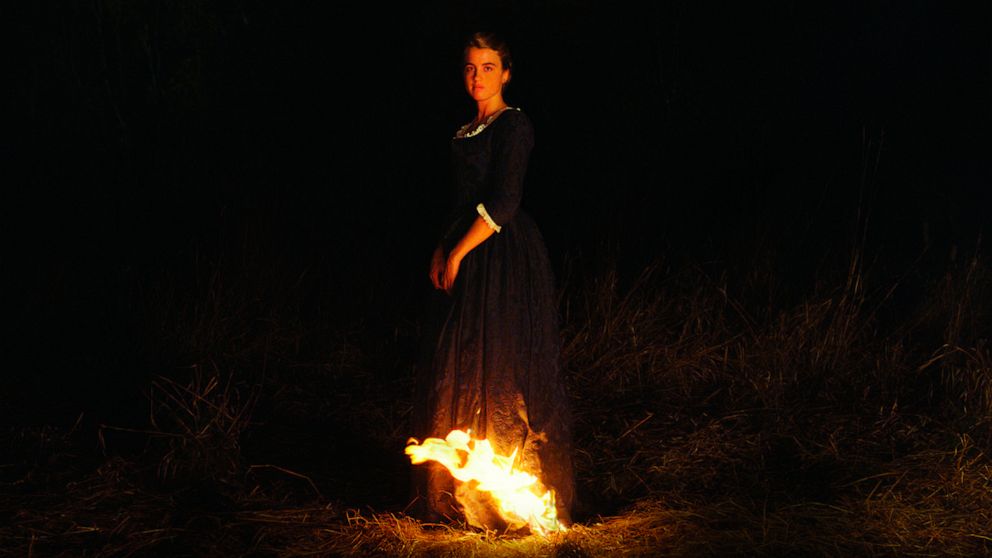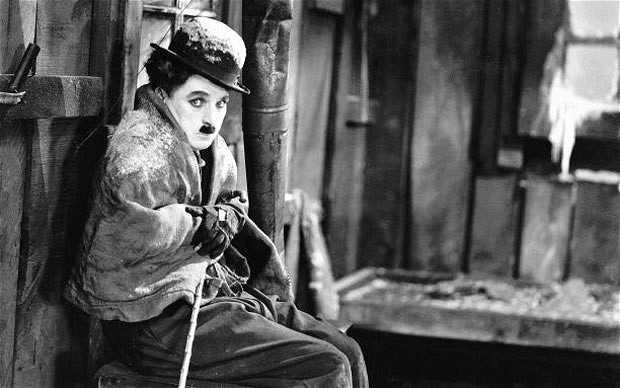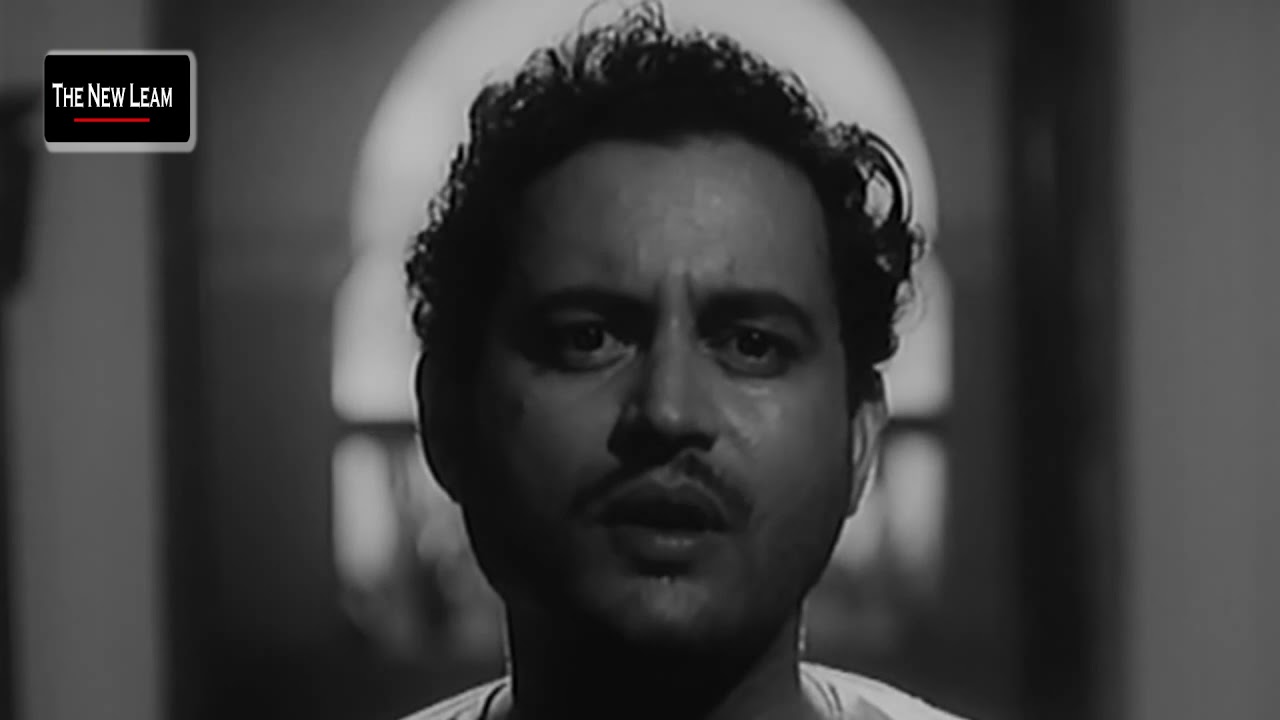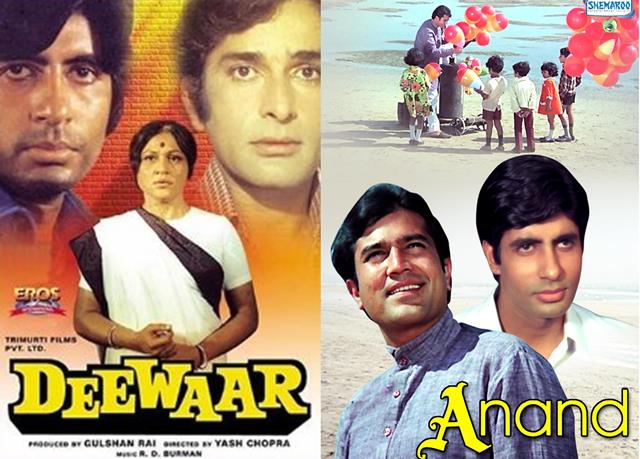The French film “Portrait of a Lady on Fire”, released initially in 2019 and in India in 2020 is undoubtedly one of its kind and such films are made once in a century. No, this is not exaggeration. The film is a painting in itself. Choose any scene, any shot and any spot in the film and it appears as a painting. It is magic.
Directed and written by Celine Sciamma, the film is set in eighteenth century France. Calling it just a queer romance would be doing injustice to this film. It cannot be compartmentalised. It is simply love, romantic love between two people, an artist and her muse and then two women. The romance is gradual when the subject starts speaking for itself, when the subject starts unveiling the suffocation of aristocratic confinement. After all “equality is a pleasant feeling”. This seems to be the purest form of love. In later part of the film, we see a different-free, spirited version of the three young girls, all coming from different social classes, when left back in the mansion by the matriarch.

We have two Protagonists here- Heloise (Adele Haenel) and Marianne (Noemie Merlant). The name ‘Heloise’ itself is chosen intentionally and with care, I believe. Heloise was a 12th century French nun, feminist writer and scholar who was of the opinion that marriage is a contractual prostitution. On the other hand, she loved Peter Abelard. She wrote that she preferred love to marriage and that of freedom to bond. This opinion of Heloise, who is a remarkable figure in history for development of feminist representation, is an important reading for this film because the writer of the film chose this name for the protagonist Heloise, who was raised in a convent, now at home and is against the idea of marriage. That’s why she denied posing for a portrait of hers. She refused to pose for a previous painter who was appointed by her mother. Her mother wanted her portrait to be sent to a prospective Milanese suitor and if it is approved by him, Heloise and the Milanese man get married.
Rousseau’s epistolary novel “Julie, ou la nouvelle Heloise” (Julie, the new Heloise), on the romance of Julie (read Heloise) was published in 1761 and had a remarkable influence on the readers, especially women. However, it was a banned book in parts of Europe then. It depicts the story of women’s friendships on one hand and the story of a wifely virtue on the other and the tensions in between. When the film progresses, we see there are glimpses of metaphysical exigency for resistance to passion. Heloise, after an intimate encounter with Marianne, realizes that the time has come to part, and says that she regrets. To this, Marianne replies, “Do not regret. Remember.” It is here again that the audience is left to imagination as to whether Marianne plays the character of St. Preux- the young lover of Julie (the new Heloise) or that of Claire- the cousin or the fluidity between the two.
Marion Meade’s historical novel “Stealing Heaven” too deals with the story of Heloise and Abelard, the 12th century historical figures. The uncle is replaced by the mother in this film. Marianne (the painter) takes the place of Abelard. Then, there is a maid in the film who can be equated with the peasant girl mentioned in the historical novel.
Going back a little further, the film is one of the best representations of the Orpheus and Eurydice myth. The only difference is that Orpheus is a woman here. She is a painter and painters or any artist for that matter, I believe, have no gender. Now, it’s up to the audience if they want to see her as a man or a woman or a Trans.
One interesting observation is when Hymen, in the myth mentioned above, is called to bless the marriage between Orpheus and Eurydice; Hymen predicted that their perfection would not last long. One aspect of ‘perfection’ in a marriage is universally conceived to be the birth of offspring and Marianne, being a woman, would not have been able to impregnate Heloise. Hence, the choice of two women in the film is justified. Hymen, being a tissue which is a part of a women’s vagina can be read as a metaphor that two women’s romance with each other back in eighteenth century was unacceptable to the society as the presence of Hymen in both of them restricts ‘perfection’. This justifies the role of Marianne as a woman in the film. Only her presence in the film in place of Orpheus offers us the representation of the whole mythical narrative in a female point of view.
For reasons more than one, this film is about love between two people and not only about queer romance. However, I must admit that it represents one of the best forms of queer love. In one of the shots, it plays with the audience’s imagination when it shows Heloise rubbing the armpit of Marianne with a green paste on her fingers. Novelist Balzac too says through his narrator that the strongest emotion known is that of a woman for a woman. This reminds me of 18th century Indian poet, Jurrat’s words, which reads,
“Aisi lazzat kahan hai mardon mein,
jaise lazzat du-guna chapti mein.”
(Where is the pleasure in men, compared to pleasure in chapti).
Susan Bordo opines that in a visual medium, it is important how women look at their bodies and how the director uses it, how the narrative uses it and how the women themselves use it. The will controlling the body or the violation of it through seduction, either reinforce a convention or produce a counter discourse.
The film starts with Marianne posing for her students and discussing the conventions on painting. The story goes in flashback when a student of hers takes out a portrait-the portrait of a young girl on fire, from her stock.
Marianne is appointed by Heloise’s mother to paint her without her knowledge. It is only when they start enjoying each other’s company, Marianne decides to tell her the truth and show her the painting she made. On seeing her portrait, Heloise asks, “Is that how you see me?” To which Marianne answers that there are rules, conventions and ideas that paint along me. The painter is shattered when encountered with the question if there is no life and no presence. This brings to my mind the lines of Indian poet Shahryar,
“Dil hai to dhadakne ka bahana koi dhoonde,
patthar ki tarah be-his o bejaan sa kyun hai”
(If there is a heart, it should find an excuse to beat; why is it insensitive and lifeless like a stone).
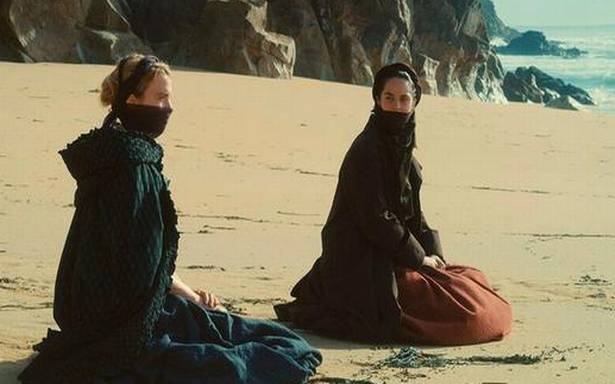
It is here that Marianne understands that the subject breathes. She destroys the face of the painting. She again starts when Heloise agrees to pose for her.
The fire in Heloise is visible to Marianne in several shots. This fire is a part of Heloise’s stoic personality, which later unravels when we go further deep into the film.
Then there is a whole debate on why women in France were not allowed to paint males and that women were discouraged to paint altogether to prevent them from great art. The whole structure was patriarchal back in the eighteenth century. In the later part of the movie, Marianne is shown showcasing her work in her father’s name. Another scene that needs mention is when Sophie, goes with the other two young girls to get her an abortion; she is asked to lie on the bed. On this bed lies a baby whose fingers she holds when her own foetus is being removed. How beautifully it depicts that women tend to hold things that they are trying to get rid of because of the patriarchal structure of society. It can have an alternate reading in the sense that the nature of a mother is holding the baby’s hands, however, the constraining culture of the society would not allow an unmarried girl to give birth and to have the pleasure of motherhood by herself. Also, it is debatable who the father is, what class he belongs to and why Sophie does not want the child. In yet another scene, we get to know that Heloise’s sister supposedly committed suicide because she did not want to marry. Heloise too did not want to marry a man. But she did. She had to. It is again one of the best portrayals of tension and power inherent in domestic lives of women.
The three women in the film [actually it should have been young girls. I write ‘women’ because the English title of the film mentions the word ‘lady’. However, in French, the title of the film says ‘young girl’] -Heloise, Marianne and Sophie discuss Ovid’s version of the myth and debated as to why Orpheus turned back when he knew that she will be drawn back to the kingdom of Hades, to the underworld. Sophie finds no reason for Orpheus’ turning back. Marianne believes that Orpheus made a choice. He chooses the memory of her and that’s why he turns. She added, “He does not make the lover’s choice but of the poet’s”. Heloise is of the opinion that it was Eurydice who was impatient to see him and asked him to turn back.
The director, Sciamma, in an interview herself said “It’s how we feel when we fall in love-we patiently hope that it’s mutual, that it’s building patiently. But inside, we are so impatient.” She was definitely pointing out Heloise’s stand on the myth.
Marianne, a number of times, sees a reflection of Heloise wearing a wedding dress, coming out from the dark and then disappearing in the dark. This is the best representation of Eurydice taken back to the world of darkness. This can also be read in the sense that beyond a certain point, there will remain nothing. What remain after all the memories, over time, is a void. What colour is a void comprised of? We must not forget that Marianne is a painter and she has her own version of void, her own colour for void. Marianne is an artist and how she coped with the separation of Heloise is different from Heloise’s experience in that that the artist chose a path of silence. This is clear from the climax scene where while attending an orchestra, Heloise cries uncontrollably in Marianne’s remembrance, while Marianne just looks upon Heloise with that breath stopping melancholic gaze, that gaze that sees pining for her in her lover’s eyes.
Marianne tells the story out of her memory, hence she sees her in the wedding dress in flashbacks which Heloise wore that dress in the later part of the film when Marianne was leaving and she asked her to turn back.
Unlike any of India’s eternal love stories like Heer-Ranjha, Laila-Majnu, Radha/Meera- Krishna, that talks of mystical love, Sufi love and the love where two become one; Portrait of a Lady on Fire is more like Shakespeare’s second-period tragedy. Heloise and Marianne are two, not one. They understand each other. They remember. They have memories to live upon. They pine. And the hardest part is that they keep on living. Heloise, even after she becomes the mother of a girl, somehow manages to reach Marianne’s imagination through a code. She knew that Marianne being a painter would visit the art gallery someday. Both kept the fire of their love burning. This reminds me of Frida Kahlo’s painting Roots which simultaneously portrays a sense of personal growth and being trapped in a particular time and space.
The scene that needs special mention is when the three young girls went to the hill by the sea side and arrive at a bonfire. The women who appeared to be peasant women already present there, after a while started singing, “fugere non possum” which Sciamma herself wrote in Latin which means I cannot fly, I cannot escape. She, in an interview, said that this is an adaptation of a sentence by Nietzsche, who tries to say that the higher we soar, the smaller we appear to those who cannot fly.
Heloise realises that she would not be able to fly, to flee with Marianne. Hence, her tears were of mixed emotion- of realising that she loves Marianne deeply and that now Marianne understands it and loves her back; and that it would not last long, not in physical form at least. And, we experience aspects of nihilism here. The heightened tone of music that starts one minute after the song starts playing captures the depth of the moment, of the emotions. This tone gives us the hint of melancholy. It is impossible that one can escape the mood of this music. Both Marianne and Heloise were burning with desire inside and the director aptly captures it with the metaphor of Heloise’s dress catching fire from the bonfire.
To me, in one sentence, the film depicts Frida Kahlo’s painting Self-Portrait with Thorn Necklace and Hummingbird.
I might go on and on about Portrait of a Lady on Fire, but like in the film, Heloise asks Marianne as to how one gets to know that the painting is completed and Marianne replies, “At one point, we stop”.
Dr. Ayesha Arfeen is a Hindi fiction writer.

